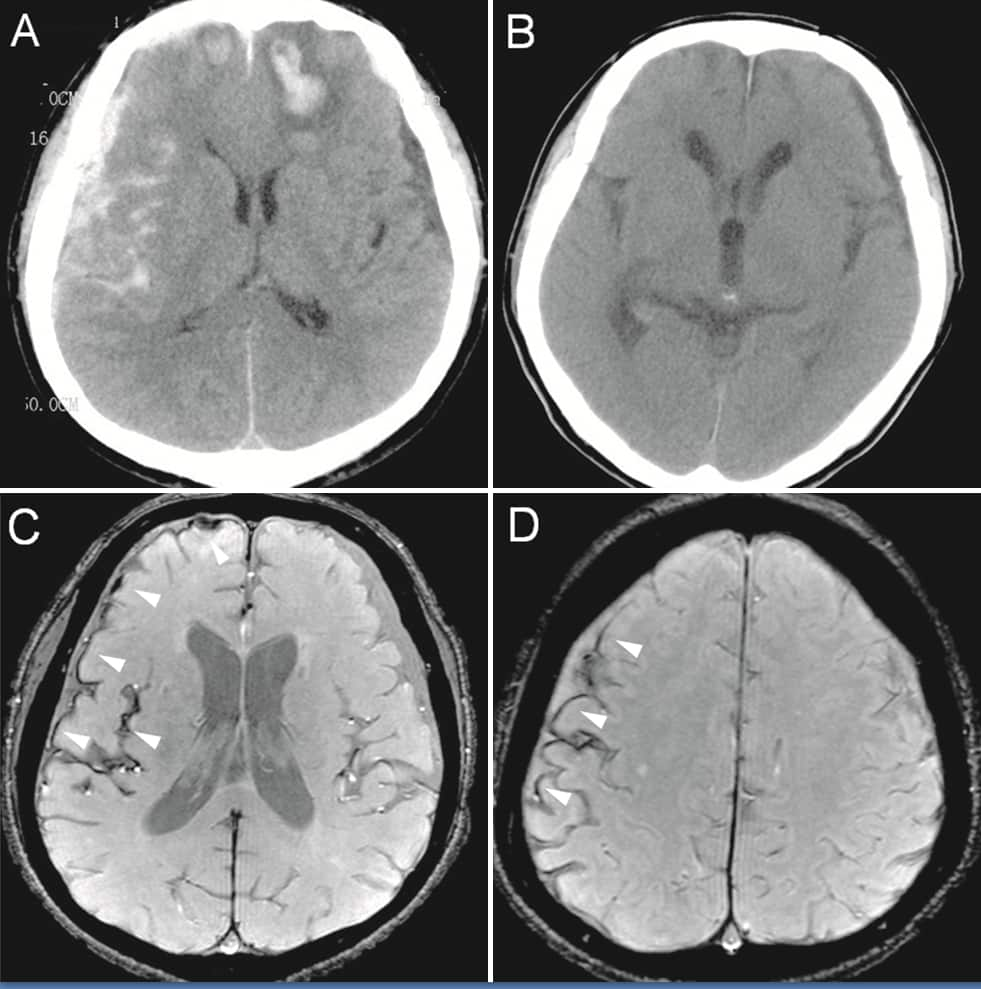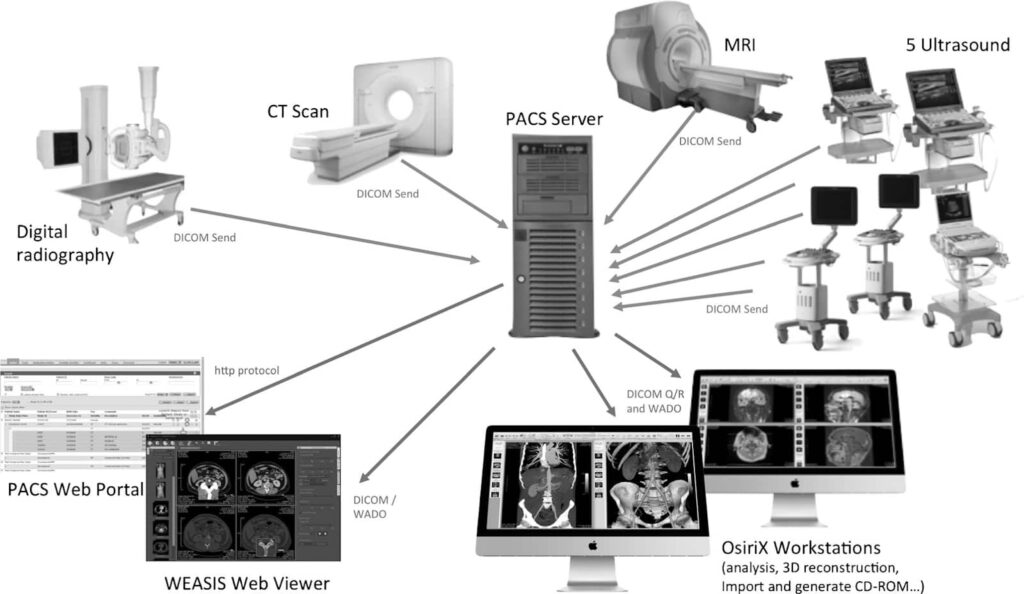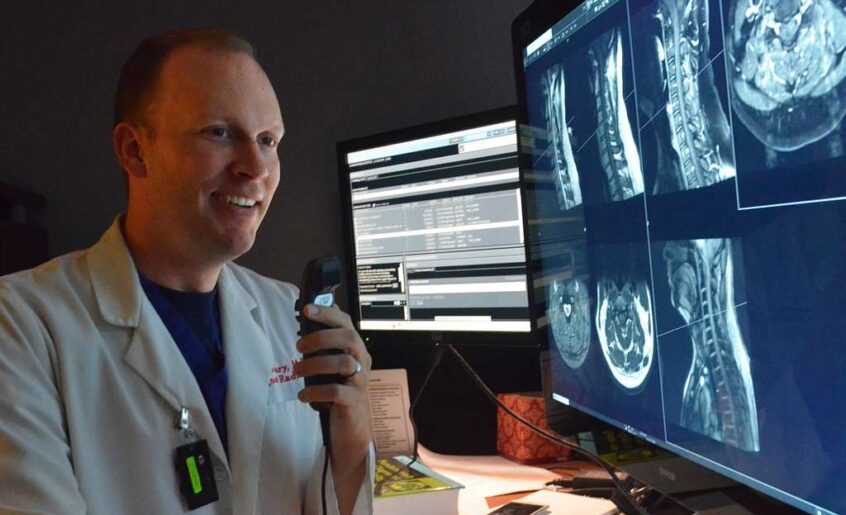Radiology, the cornerstone of medical imaging, revolutionized healthcare diagnostics with its diverse techniques. Integrating these technologies into healthcare’s fabric significantly elevated patient care quality. With this shift towards digitalization, Radiology Information Systems (RIS) emerged as pivotal platforms for managing radiology department operations.
History of RIS

As the software industry burgeoned, healthcare solutions advanced. Early systems tracked clinical staff and patient locations. Over time, the surge in computing capabilities propelled the digitization wave across healthcare. RIS evolved from simple coding enhancers to sophisticated, versatile systems. Radiology Information Systems Consortium (RISC), later Society of Imaging Informatics in Medicine, shaped RIS development guidelines, fostering robust features aligned with industry needs.
The evolution of Radiology Information Systems (RIS) marks a transformative journey in healthcare digitization.
- In the software industry’s nascent stages, rudimentary systems were deployed in hospitals to track staff and patient movements. However, as technology advanced, there emerged a realization of digitization’s potential across all sectors, including healthcare. This realization spurred a concerted effort to innovate products tailored specifically for the medical field, laying the groundwork for what would become the Radiology Information Systems;
- The initial RIS systems focused primarily on enhancing the efficiency of reporting and medical coding. With the growing power of computing hardware and software, hospitals began investing in dedicated servers and IT infrastructure, aiming to digitize various workflows, including those within radiology departments;
- As programming languages advanced, so did the versatility and functionality of RIS. The systems evolved, incorporating varying degrees of automation and increasingly sophisticated workflow structures surrounding reporting and other essential activities.
- Amidst these advancements, the Radiology Information Systems Consortium (RISC) was formed, initially designed as an advisory body to establish guidelines for the development of these systems. Over time, RISC evolved into the Society of Imaging Informatics in Medicine, playing a pivotal role in enhancing RIS features and functionalities;
- The collaborative efforts of organizations like RISC paved the way for comprehensive healthcare systems in hospitals, where Radiology Information Systems, along with Hospital Information Systems (HIS), became commonplace. This integration fostered seamless operations across various medical applications, marking a significant milestone in healthcare digitization.
The continuous growth in programming, software capabilities, and the relentless wave of digitization propelled the evolution of RIS, making it an indispensable tool for radiology departments. Today, RIS stands as a linchpin in managing radiology workflows, facilitating scheduling, reporting, data management, and interoperability with other healthcare systems, ultimately contributing to elevated standards of patient care.
What is the RIS procedure?
The Radiology Information System (RIS) procedure encompasses a series of integrated steps designed to manage and streamline radiology department operations within healthcare institutions. The primary functionalities and procedures within RIS include:
- Scheduling and Appointment Management: RIS facilitates the scheduling of radiology procedures for patients. It manages appointments, assigns time slots for scans or tests, and coordinates with patients and relevant healthcare professionals;
- Patient Registration and Information Handling: RIS captures and maintains patient data, including personal information, medical history, and imaging orders. It ensures accurate documentation and easy access to patient records for healthcare providers;
- Order Entry and Management: It manages orders for radiology procedures generated by healthcare providers, ensuring accurate and timely execution of prescribed tests or scans;
- Workflow and Task Management: RIS streamlines workflow processes within the radiology department. It assigns tasks to staff members, tracks the progress of procedures, and manages the overall workflow efficiency;
- Image Acquisition and Processing: RIS interfaces with imaging devices (like X-ray machines, MRI, CT scanners) to acquire images. It processes and stores these images securely for analysis and interpretation by radiologists;
- Reporting and Results Distribution: Radiologists use RIS to interpret images and generate reports. The system ensures prompt distribution of these reports to referring physicians or healthcare providers involved in patient care;
- Billing and Revenue Cycle Management: RIS facilitates billing processes by automatically generating accurate bills based on procedures conducted. It integrates with billing systems to ensure timely billing and claim processing;
- Quality Control and Performance Monitoring: RIS tracks and monitors the quality of radiology procedures. It may include metrics on scan success rates, turnaround times, and staff performance, aiding in quality assurance and process improvement;
- Integration with Healthcare Systems: RIS often integrates with Electronic Health Record (EHR) systems, Hospital Information Systems (HIS), or other healthcare platforms to ensure seamless data exchange and interoperability across departments.
Overall, the RIS procedure revolves around optimizing the entire spectrum of radiology department functions, from patient scheduling and imaging to reporting, billing, and quality control, aiming to enhance efficiency, accuracy, and patient care within healthcare settings.
Features of RIS Imaging Software

RIS embodies diverse features that amplify hospital workflows and staff efficiency:
- Document Management: Streamlines handling extensive documentation, ensuring secure data storage and sharing, aligning with HIPAA regulations;
- Patient Scheduling: Digitizes scheduling processes, assigning systematic time slots, replacing manual paperwork;
- Billing: Automates billing procedures, simplifying patient invoicing and claims processing;
- Patient Tracking: Integrates with electronic health records, granting access to comprehensive patient radiology histories for improved diagnosis;
- Inventory Management: Optimizes resource tracking, ensuring seamless equipment functionality, and facilitating timely maintenance;
- Performance Tracking: Monitors staff performance metrics, fostering quality assurance and patient satisfaction.
The specific features of RIS imaging software can vary depending on the vendor and the needs of the practice. However, the core functionalities listed above are essential for streamlining the radiology workflow and improving patient care.
Functions of a Radiology Software Solution
A Radiology Software Solution embodies multifaceted functions that revolutionize the management of radiology departments within healthcare institutions.
- Reports Distribution: One of the pivotal functions of a Radiology Software Solution is the efficient distribution of imaging reports. From the moment a doctor prescribes a scan to the delivery of results to patients and collaborating medical professionals, the system ensures seamless and rapid dissemination of crucial imaging data. This function not only expedites decision-making processes but also enhances collaborative clinical efforts among multidisciplinary teams;
- Workflow Optimization: Digital platforms within radiology streamline the operational workflows within healthcare institutions. They significantly reduce the time and effort previously required for tasks such as scheduling, conducting scans, generating reports, and delivering them to relevant parties. With the integration of Radiology Information Systems (RIS), the process becomes more efficient, transitioning from traditional paper-based methods to a digital interface, thereby accelerating the entire workflow;
- Improved Patient Care: The integration of Radiology Software Solutions results in enhanced patient care. The system facilitates better collaboration among medical teams, allowing for more efficient scans and quicker assessments of results. This is particularly crucial in emergency scenarios where timely diagnoses are critical for patient outcomes. The streamlined workflow ensures that medical professionals can access and interpret results promptly, leading to faster, informed decisions that positively impact patient care;
- Data Analytics: Leveraging the vast amounts of data generated through radiology processes, these software solutions enable robust analytics. This data-driven approach empowers healthcare providers to gain deeper insights into operational efficiencies, resource utilization, and trends in diagnosis. Moreover, by harnessing analytics, these systems contribute to ongoing improvements in healthcare practices, aiding in predictive modeling and enhancing diagnostic accuracy;
- Integration and Interoperability: Radiology Software Solutions often possess the capability to integrate and interoperate with other healthcare information systems. This interoperability ensures a seamless flow of information across different departments within a healthcare institution, facilitating better coordination and communication among various healthcare professionals. Interconnected systems enable efficient sharing of patient data, allowing for a comprehensive view of a patient’s health history, leading to more informed decisions and improved outcomes.
In essence, a Radiology Software Solution serves as the backbone for efficient management of radiology departments, offering a suite of functions that streamline operations, enhance collaboration, and ultimately elevate the quality of patient care within healthcare settings.
How Radiology Systems Improve Revenues
Radiology Systems contribute significantly to revenue optimization within healthcare institutions through various avenues:
- Improved Turnaround Time: Radiology Systems streamline processes, reducing the time required for various procedures. Swift processes enable radiology departments to handle more patients in a day, consequently reducing wait times. This increased throughput directly translates into higher revenues;
- Reduced Staffing Requirement: By automating and digitizing various tasks, Radiology Systems eliminate the need for dedicated personnel for manual document handling and logistics. This reduction in staffing requirements leads to cost savings, directly impacting the bottom line;
- Enhanced Department Efficiency: These systems offer insights into operational metrics and performance indicators. Administrators can analyze data to identify areas for improvement, optimize resource allocation, and make informed decisions. This improved efficiency results in cost savings and revenue growth;
- Prevention of Repeat Scans: Radiology Systems help minimize the occurrence of repeat scans through enhanced accuracy and improved workflows. This reduction in unnecessary rescans leads to resource conservation and cost minimization, indirectly contributing to revenue retention;
- Facilitation of Billing Processes: Automation within Radiology Systems expedites billing processes by generating accurate bills and streamlining claims processing. This efficiency in billing ensures that revenue cycles remain uninterrupted and optimized;
- Operational Data for Decision Making: Radiology Systems generate comprehensive data that aids in informed decision-making. By analyzing trends, identifying bottlenecks, and optimizing resource utilization, institutions can make strategic decisions to enhance revenue streams;
- Integration with Analytics: The integration of Radiology Systems with analytics platforms enables the extraction of actionable insights from radiology-specific data. This data-driven approach assists in identifying patterns, predicting future demands, and optimizing operations for revenue growth.
Radiology Systems contribute to revenue enhancement by optimizing processes, reducing operational costs, improving efficiency, and facilitating data-driven decision-making within healthcare institutions. Their role extends beyond patient care to directly impacting the financial health of healthcare providers.
Conclusion
Radiology Information Systems stand as integral components in modern healthcare, augmenting diagnostic precision, operational efficiency, and revenue streams. Their seamless integration into hospital workflows elevates patient care, emphasizing the transformative potential of technology in healthcare. Embrace RIS to unlock the full potential of radiology departments, driving towards a future of enhanced medical care and operational excellence.
